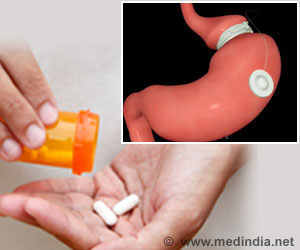Paradoxical adipose hyperplasia (PAH) -a hardened area of localized fat developing after cryolipolysis - may be more common than previously thought.

‘Paradoxical adipose hyperplasia (PAH) -a hardened area of localized fat developing after cryolipolysis - may be more common than previously thought.’





PAH after Cryolipolysis May Not Be a 'Rare' Complication
Drs. Kelly and Rodríguez-Feliz and colleagues share their experience in managing patients with PAH after cryolipolysis: an FDA-approved procedure that works by destroying cold-sensitive subcutaneous fat cells. It has become a popular technique for treating problem fat areas such as belly fat and "love handles."
Paradoxical adipose hyperplasia has been reported as a rare adverse event after cryolipolysis. In this condition, the treated area becomes larger rather than smaller in the weeks after the procedure, leaving a "painless, visibly enlarged, firm, well-demarcated mass" under the skin. Based on data from the manufacturer of the cryolipolysis equipment, PAH has been estimated to occur in 1 out of every 4,000 treatment cycles, for an incidence of 0.025 percent.
The authors describe their experience with 11 patients with PAH. Six patients underwent cryolipolysis at the authors' clinic and five were referred from other practices. The authors note that their experience of 15 PAH events in six patients represents a much higher incidence: 0.72 percent, or about 1 out of every 138 cryolipolysis treatments.
Advertisement
However, the patients had to wait several months for treatment. That time is needed for the fat in the area of PAH to soften; otherwise, there is a risk that PAH could recur. In some cases, more than one liposuction treatment was needed.
Advertisement
Patients are "initially aggravated by the delay and require continuing reassurance that the problem will ultimately be resolved," the authors note. "Counseling is extremely important during this waiting period." The online version of the article on the Plastic and Reconstructive Surgery website includes a video illustrating the clinical examination findings in a patient with PAH.
"Despite these hurdles, patient satisfaction with the final surgical cosmetic result has been high," Drs. Kelly and Rodríguez-Feliz and coauthors conclude. They emphasize the need for further study to clarify the incidence of PAH after cryolipolysis, to identify possible risk factors, and to evaluate the long-term outcomes of liposuction to correct the problem.
Plastic and Reconstructive Surgery® is published in the Lippincott portfolio by Wolters Kluwer.
Source-Eurekalert














